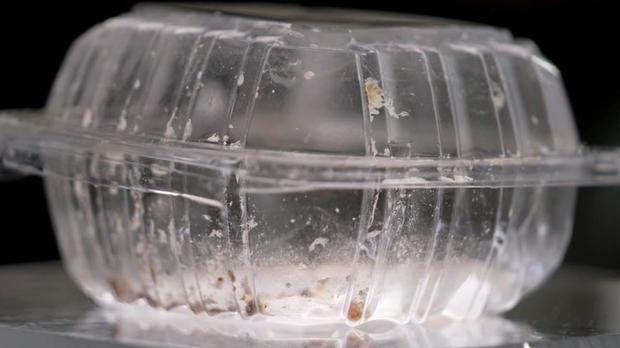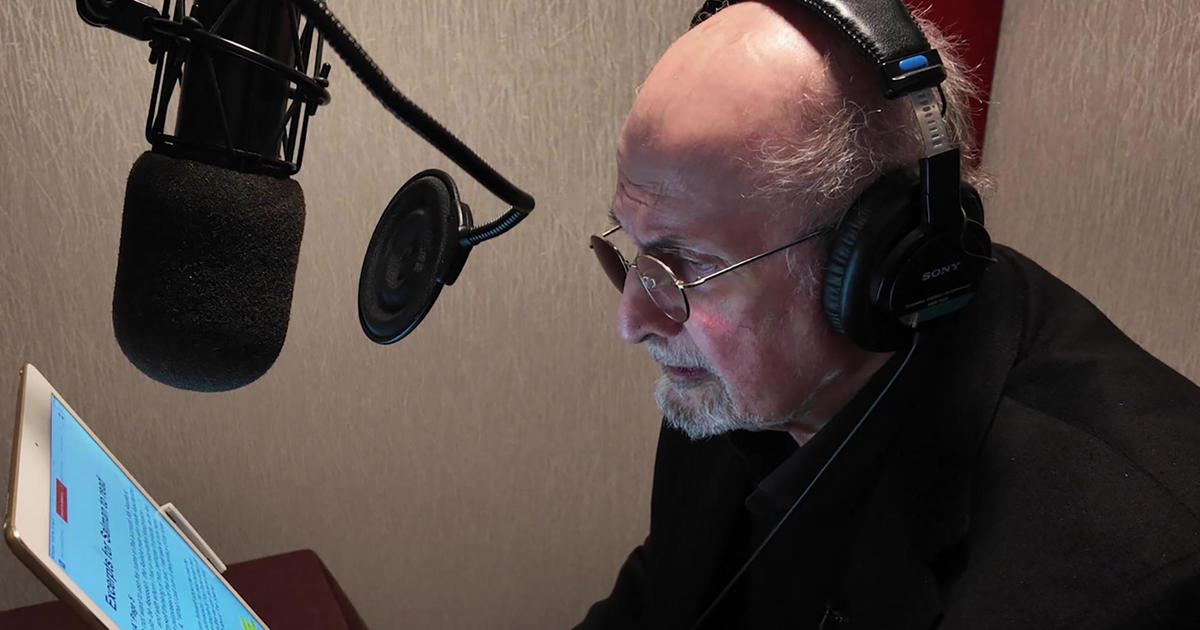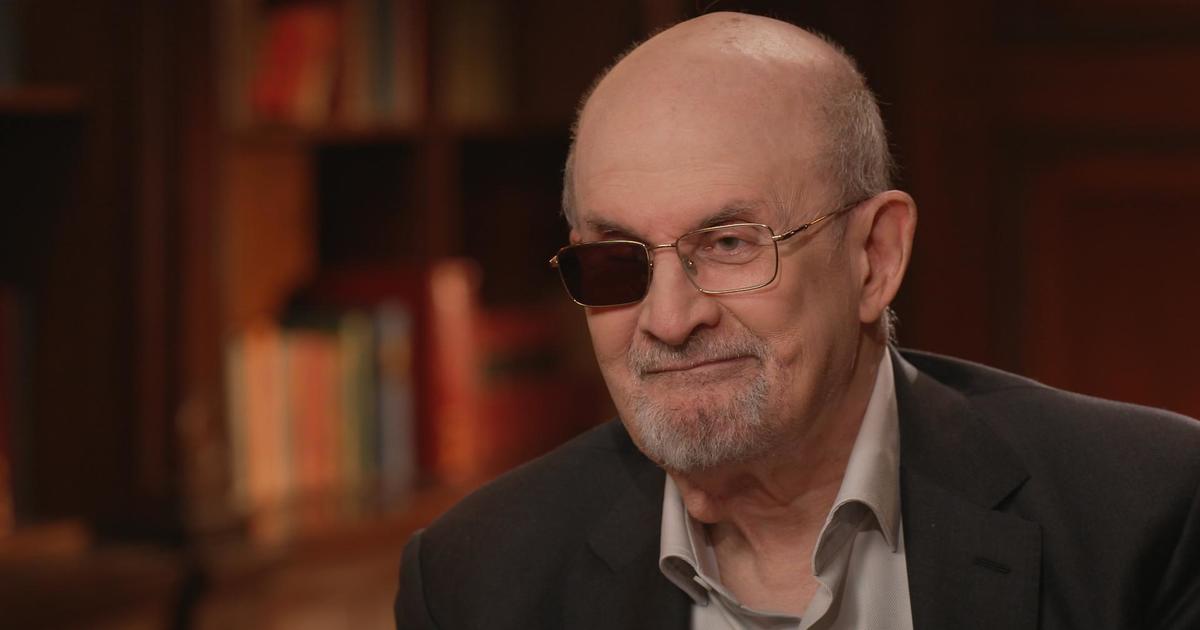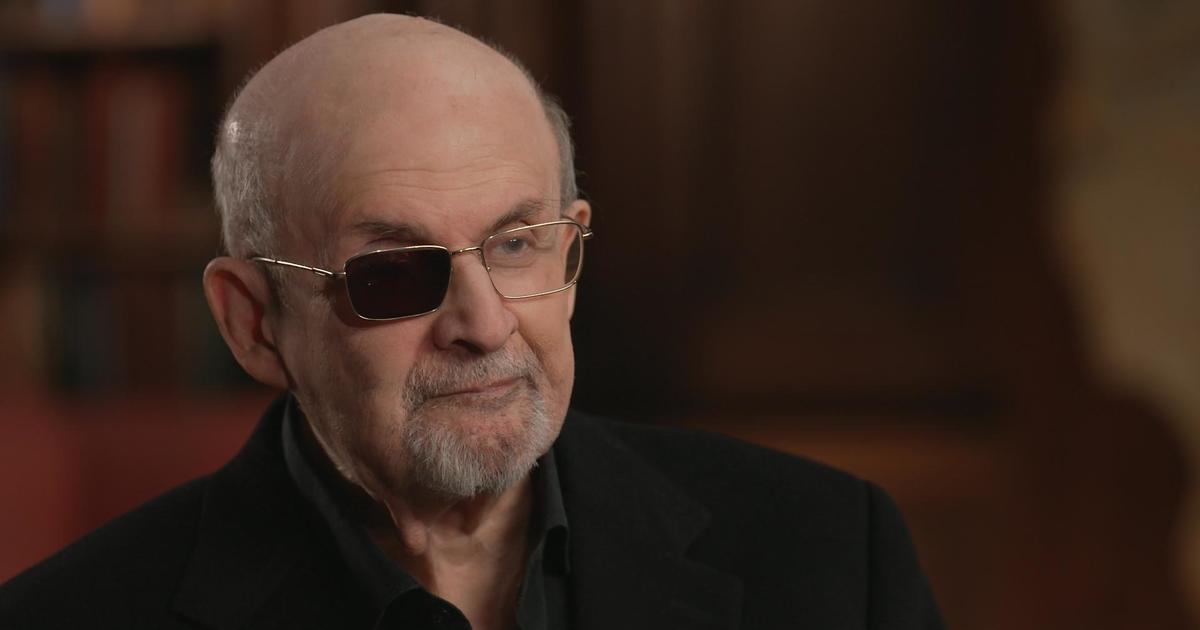Wanted woman poisons her lookalike with cheesecake to steal her identity
A con woman who tried murdering her lookalike with a poisoned piece of cheesecake almost got away with it. And if not for the sleuthing skills of the private investigator who tracked her down, she might have gotten away with something much worse, too.
"48 Hours" correspondent Peter Van Sant reports on the details in "The Case of the Poison Cheesecake."
In August 2016, Olga Tsvyk, a beauty stylist in Queens, New York, became gravely ill and lost consciousness after her client, Viktoria Nasyrova, came to her home and gave her a piece of poisoned cheesecake.
At the hospital, Tsvyk says she nearly died. Days later she came to, and when she got home saw that some of her belongings including purses, money and jewelry were gone. She told police Nasyrova was to blame. Police hunted for Nasyrova but couldn't find her. They had no idea they weren't the only ones looking.
So was Herman Weisberg. The NYPD detective-turned-private investigator was trying to find Nasyrova for a different case and had started researching her online.
On a quiet, sleepless night in early 2017, he opened his laptop and visited Nasyrova's Facebook profile. He studied it and found something startling.
In one of the photos, Nasyrova was sitting in a car and there was distinctive white stitching on the headrest behind her.
And in the reflection of the sunglasses she was wearing, Weisberg noticed something equally obscure.
The car had a distinctive dashboard.
"I never look at what people want me to see on these sites," said Weisberg. "I'm used to looking at everything except for what's supposed to draw your attention in."
In a remarkable example of old-school detective work, Weisberg went to a giant parking lot and started looking into car windows one by one. He wanted to find the kind of car Nasyrova had been sitting in when the photo was taken.
"… I must have been peering into cars for a good hour until I had what I was pretty positive was it," Weisberg said.
Remarkably, he found the stitching and dashboard from Nasyrova's photo in an actual car. It was a Chrysler 300. Next, he wondered if he could find the specific Chrysler 300 from the photo.
On Facebook, Nasyrova had liked and reviewed restaurants in a heavily Russian neighborhood of Brooklyn named Sheepshead Bay, so Weisberg speculated that she might be living there.
He sent out a team to look for Chrysler 300s with the same interior in that neighborhood. He says they found dozens, noting the license plate information.
They gave him a list and he ran the plates. Among the results was a Russian-sounding name.
He came up with an address linked to the car. When he checked out the apartment building, he realized it looked familiar. He went back to Facebook and noticed the same building reflected in Nasyrova's sunglasses. He sent a surveillance team to stake it out.
At the building, Weisberg's operatives saw several women who resembled Nasyrova, but he had to be sure. So, Weisberg says he employed an informal technique he'd learned about during his years at the NYPD.
"I was in narcotics where you're always constantly chasing people," he said. "And when people run, they throw away a jacket or they turn their shirt inside-out … bottom line is, nobody ever changes their shoes. I — I got into a habit of when I size somebody up … I know what kinda shoes everyone's wearing."
Weisberg noticed that the beige suede shoes Nasyrova wore in surveillance footage matched a pair that he had seen in her Facebook photos.
For Weisberg's purposes, the shoes were better than a fingerprint. He knew he had found Viktoria Nasyrova.
On March 20, 2017, he alerted Brooklyn detectives. He gave them the address and apartment number and waited in the lobby as they went up to Nasyrova's apartment. He says minutes later, the detectives walked Nasyrova out of the building in handcuffs, under arrest.
When they searched her apartment, they found an ID card belonging to Olga Tsvyk. Investigators were convinced Nasyrova had intended to kill Tsvyk in order to assume her identity.
But why would Nasyrova get involved in an attempted murder and identity theft? Weisberg says it has to do with that other case — the one he was involved in when he found her.
In early 2017, he had begun working with a woman named Nadia Ford who claimed Nasyrova had robbed and murdered her mother in Russia back in 2014. He says Nasyrova fled Russia after the crime and needed a way to stay in America to evade Russian authorities.
After Nasyrova spent nearly six years in custody, waiting for her trial through pandemic delays, the case of the poison cheesecake went to court in January. The jury found Nasyrova guilty of attempted murder in less than two hours. The judge sentenced her to 21 years in prison. After Nasyrova does her time, she could be deported to Russia to face murder charges there.






